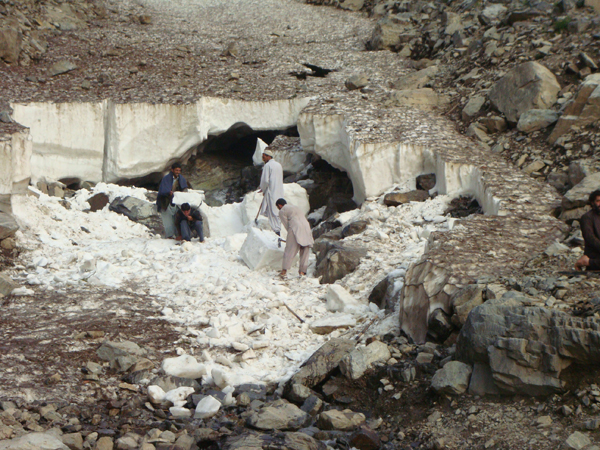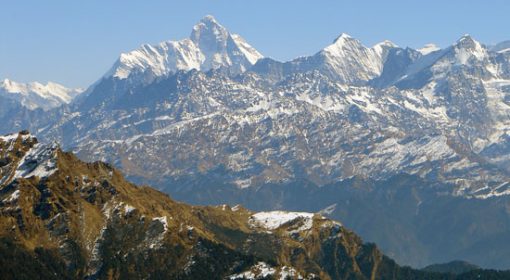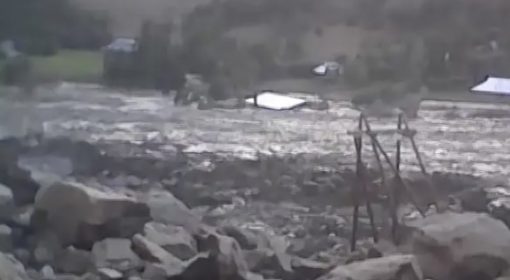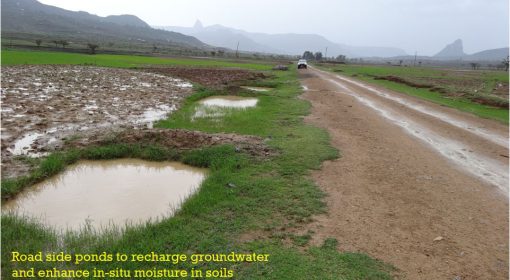Posted by Karim Nawaz and Frank van Steenbergen
December 10, 2013

GLACIAL MELT: A POSTCARD FROM CHITRAL, PAKISTAN
This is the Western Karakom Part of the Himalyas, the high mountain area of the mysterious ‘Kalash’ people. They are said to be the descendants of the retreating army of Alexander the Great , with a unique culture and religion that is still well preserved.
There has been much debate over the effect how Climate Change will affect the Himalayas, especially since the IPCC’s slip of the pen that all Himalayan glaciers would be gone by 2030. Now the consensus is over a more differentiated picture – some glaciers will get smaller, but others may grow. Micro-climates rather than global climate change are the determining factor.
In Chitral, the glacier is the source of many things – the melt water is used for irrigation and blocks of ice are harvested and used for refrigeration (see picture). Since Pakistan suffers from a serious shortage of electricity, ice factories cannot operate regularly. Therefore, the market for glacial ice is expanding rapidly. It is used in road side restaurants along the Karakoram highway and other roadways. Besides, there is as much demand in urban and rural settlements. So far its availability is free, but obviously there are transport costs.
Environmentalists are worried that indiscriminate ice extraction from road side glaciers without using proper procedures sets the region on path of an ecological disaster.
The common opinion in Chitral is that some amount of glacier melt is definitely going on. Although the main glacier becomes longer, it is considerable thinner than it was in the past. Its thickness and weight are no longer enough to keep it in place. Its thinning is also making it more and more brittle. It is becoming more and more likely for parts to break off it, triggering landslides and avalanches.
Local people also talk about how glaciers break down when there is lightning and thunder during the summer season (which are becoming more and more frequent in the Hindukush and Himalaya regions). When lighting strikes and thunder rumbles upon the glacier, part of it heats up and melts. Sometimes, the vibration cracks the glacier and initiates its gradual breakdown.
Besides, even a sunny afternoon is enough to melt the ice into a flow of water. This phenomenon used to be mild and gentle, but is increasingly becoming flashy and intense with rising average temperatures. One can clearly see steams originating from glaciers increase in flow between 12 noon and 10 at night, and decrease thereafter. Local communities are also worried about the soil exposed after the disappearance of glaciers, as it is highly vulnerable to weathering and erosion. This further depletes the supporting foundation of glaciers and increases the danger of avalanches.
{jcomments on}


